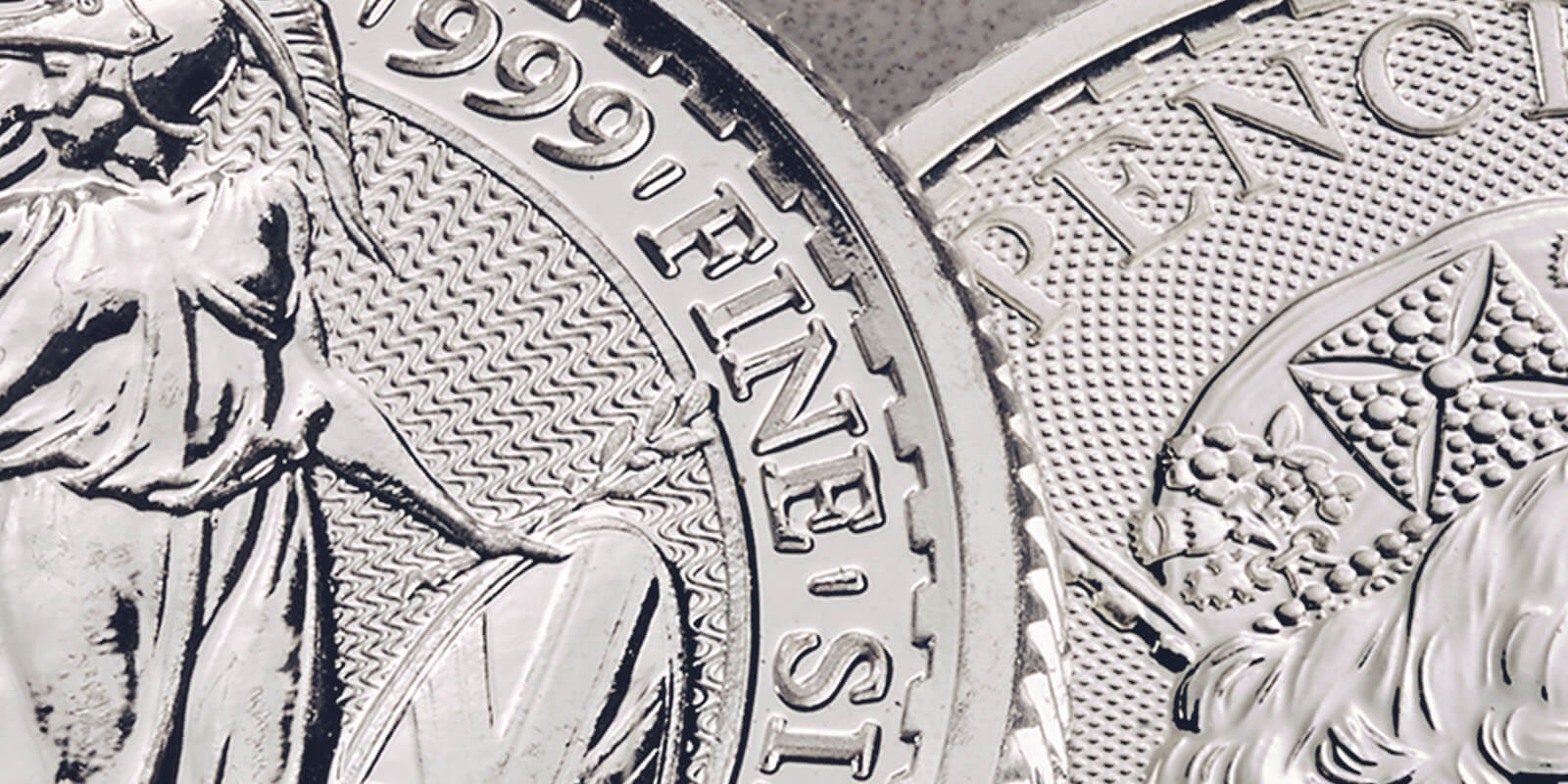When it comes to precious metal investing, you may have seen terms like 999.9 gold or even 999.5 platinum. Gold bars and coins are often labelled as 999.9 fine gold but a question which often arises when it comes to precious metals is, how does this system of purity compare to the more commonly known, ‘carat’ system?
Gold Fineness
Gold is mined from copper ores and the Earth’s crust through a complicated process of extraction and refining. The prices of gold are, as you would expect, based on both its purity and its weight. As well as being a popular choice as an investment metal, around 50% of gold produced is used in the jewellery industry. Alongside this, gold is often used as an industrial metal in circuit boards and electronics, as it is an excellent conductor. However, although pure gold can be used in small quantities for electronics, you are far more likely to find jewellery which is made of gold that has been mixed with other metals to make it stronger and more durable. This is because, as well as being costlier to purchase, pure gold is simply too soft for many applications, as a ring or necklace made from pure gold would likely wear away over time. The result of this is that in certain applications, gold has to be alloyed with other metals in order to improve the durability and reduce the cost.
Investment gold does differ from this as it works in quite the opposite way. Gold bullion coins and bars are not designed to be durable as they are rarely handled or moved from place to place. More often than not, gold bars would be carefully stored in a safe or secure location, only to be moved once a transaction has taken place. It is for this reason that gold bullion is often a much purer form of gold than is seen in other applications.
The international standard of the fineness of gold jewellery is the karat, which is confusingly known as the ‘carat’ system in the United Kingdom (not to be mistaken with the carat system for precious gem stones). This is a system you will likely have heard of many times before, as jewellery is usually denoted by its purity (e.g. a 9 carat gold ring) or, perhaps more likely, abbreviated to a 9k gold ring.
What About Investment Gold?
However, this is not the same as the purity system which is used for gold when it is used for investment purposes. In this case, we use the fineness system which is often expressed as numbers alone. This is why gold bars will likely show a series of numbers, most commonly 999.9 ‘fine gold’. This is because the fineness system expresses the purity of the precious metal in parts per thousand. This means that the bar would be 99.99% pure gold. This is because due to the manufacturing process involved, it would be nearly impossible to produce 100% pure gold, so 999.9 is generally regarded as ‘pure gold’ in the same way a 24k piece of gold jewellery would be classed as ‘pure gold’ also.
When you see this fineness value shown, it may be expressed as 9999, .9999 or 999.9 and is sometimes called ‘four-nines’ gold when you are discussing the item. All of these translate to an item which is investment-grade pure gold. Although this is the case, for a gold bar to be recognised as investment grade gold by the London Bullion Market Association (LBMA), it is only required to be a fineness of 995.0 parts per thousand of fine gold - although many bars are designed to exceed this specification.
How do the Standards Compare?
Although they are designed with a different purpose, the purity standard and the carat standard can be linked, as we have demonstrated with 9999 gold being equivalent to 24 carat. Some of the other designations are listed in the table below:
|
Percentage (%) |
Fineness (Used for Precious Metals) |
Carat (Generally Used for Jewellery) |
|
99.99% |
9999 |
24 |
|
99.50% |
995 |
No Equivalent Available |
|
99.90% |
999 |
No Equivalent Available |
|
91.66% |
9166 |
22 |
|
75% |
No Equivalent Available |
18 |
|
58.33% |
No Equivalent Available |
14 |
|
37.50% |
No Equivalent Available |
9 |
Silver and Platinum Fineness
A hugely popular and affordable metal, silver has been used by practically every civilisation. When mined, it is often found alongside lead and in some cases is actually a by-product of lead mining. Much like gold, silver has a wide range of industrial uses. When used, it is typically alloyed with a secondary metal to add strength, with copper being a common choice. The purity of silver is expressed as ‘parts per thousand’, for both jewellery and investment purposes. In the case of .925 sterling silver, which is 92.5% pure, for every 1000 parts, 75 or 7.5% is an alloy. Another popular purity is .958, which means that the metal is 95.8% pure silver and the alloy content 4.2%. For investment silver, bullion coins and bars are generally available as 999.9 or 999 fineness, and are calculated in the same way as gold.
Platinum is also a popular choice when it comes to both investment and jewellery. Generally, investment platinum is 999.5 pure, and this is what most dealers would refer to as ‘pure platinum’. Again, this is calculated in the same way as gold (parts per thousand) and the most common purity for platinum jewellery is 950.



